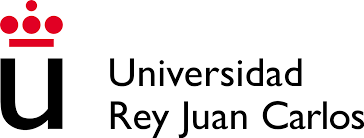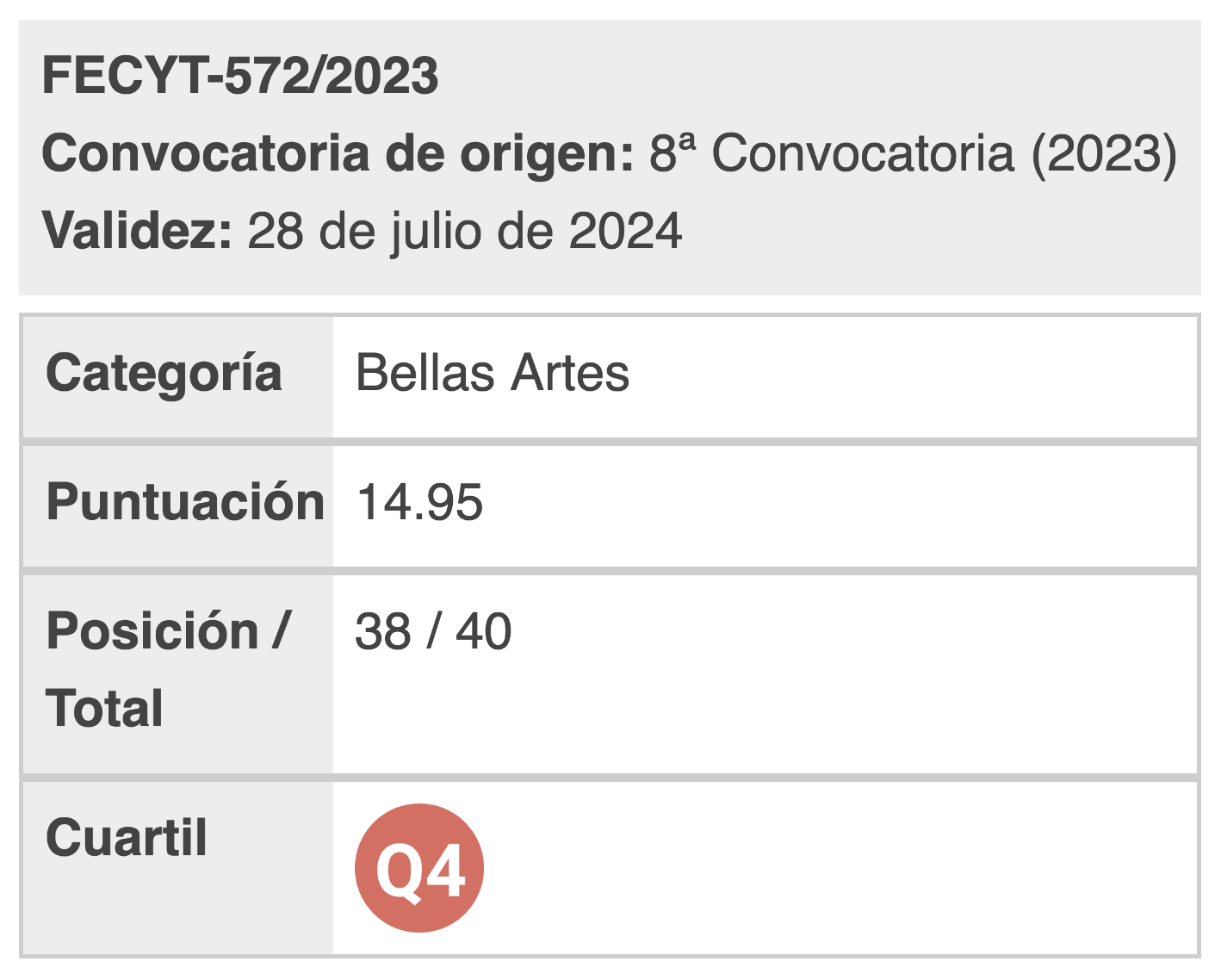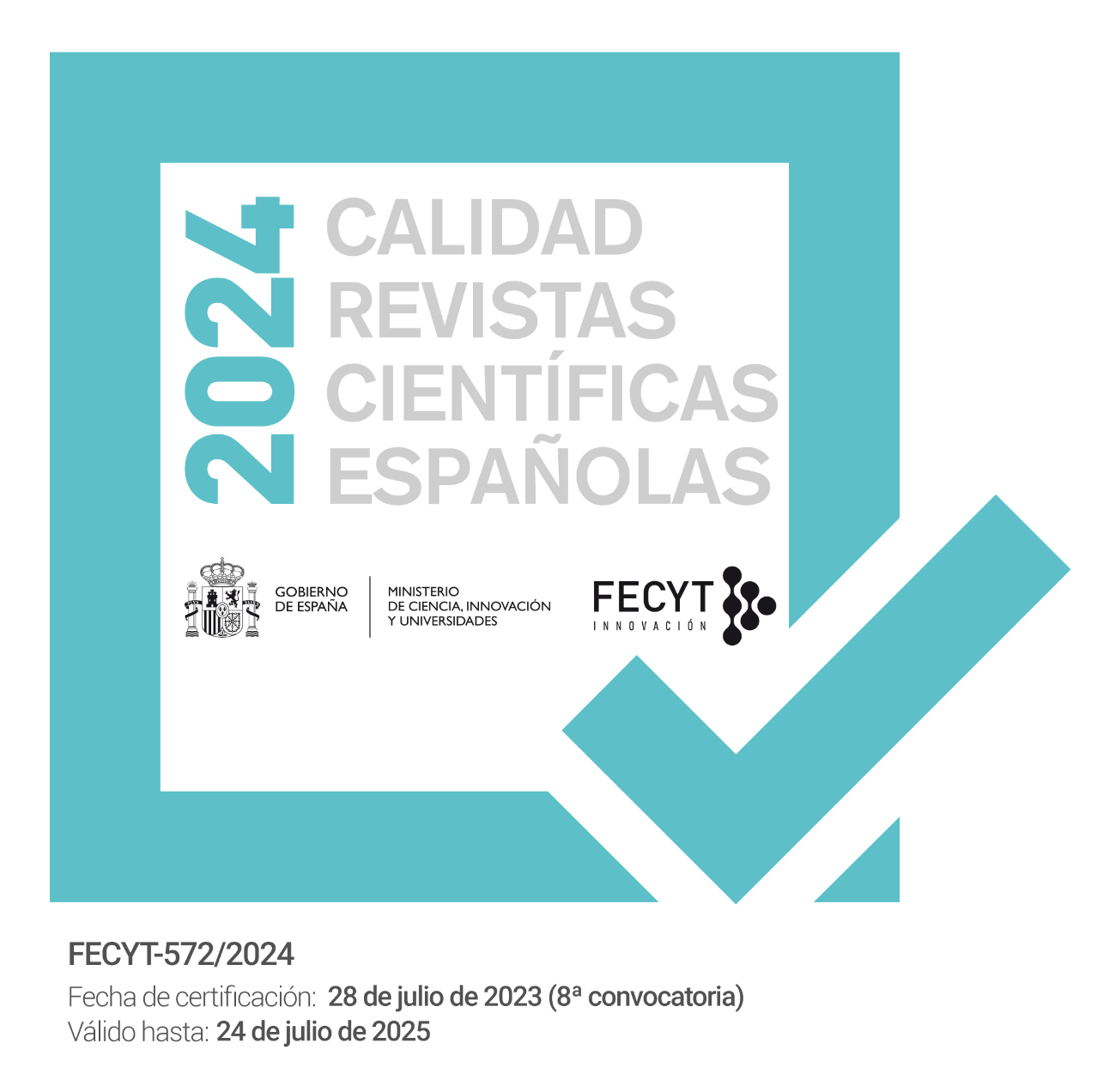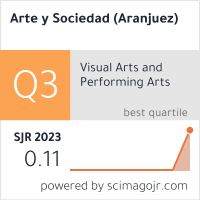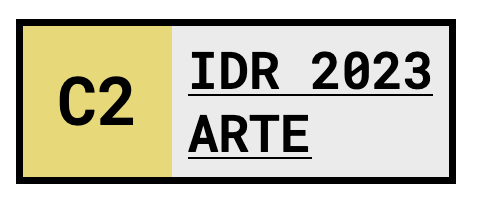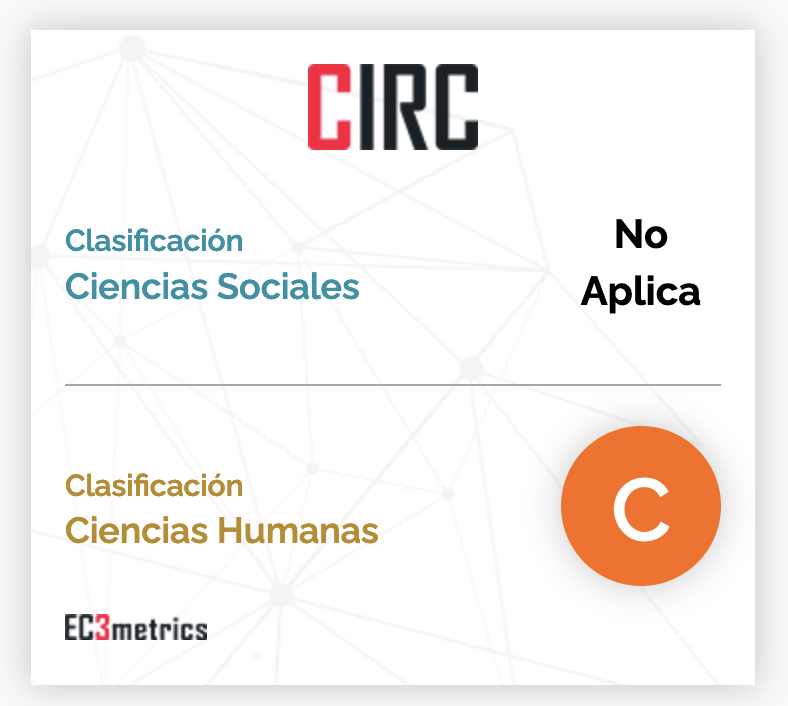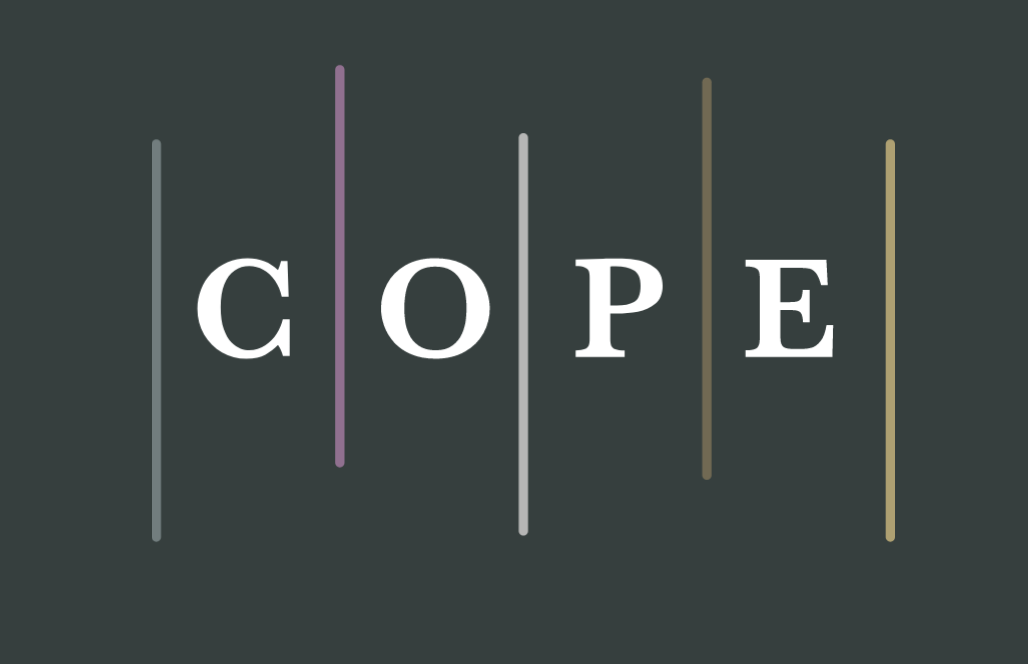Virtual reality filmaking
Analysis of Queerskins: A love story, an approach to volumetric cinema.
DOI:
https://doi.org/10.5281/zenodo.7654912Keywords:
Volumetric cinema, virtual reality, interactivity, filmmaking, VR cinematographyAbstract
Currently, virtual reality technology offers to the audiovisual industry new ways of telling stories. One of the techniques that enables video image recording and its implementation in 3D virtual environments is volumetric capture, which raises an approach between conventional cinema methods and those of fictional audiovisual discourses for VR. In this context, we carry out a previous bibliographical review, to address the study of the applicability of traditional production techniques to virtual reality productions. Subsequently, we designed an analysis model for this type of work, based on the concepts of Heeter (1992), Slater and Wilbur (1997), which is based on the effect of presence as a basis for the immersion of the spectator in the diegetic universe of the VR artworks. The exposed results are obtained after analyzing Queerskins: a love story (Szilak and Tsiboulsk, 2018), one of the first virtual reality short films with volumetric filmmaking.
References
Bates, J. (1992). Virtual reality, art, and entertainment. Presence: Teleoperators & Virtual Environments, 1(1), 133-138.
Bordwell, D., Staiger, J., & Thompson, K. (1985). The classical Hollywood cinema: Film style & mode of production to 1960. Columbia University Press.
Bucher, J. (2017). Storytelling for virtual reality: methods and principles for crafting immersive narratives. Routledge.
Cho, J., Lee, T. H., Ogden, J., Stewart, A., Tsai, T. Y., Chen, J., y Vituccio, R. (2016, July). Imago: presence and emotion in virtual reality. In ACM SIGGRAPH 2016 VR Village (p. 6). ACM.
Gaudreault, A., & Jost, F. (1995). El relato cinematográfico. Paidós.
Green, M. C., & Brock, T. C. (2000). The role of transportation in the persuasiveness of public narratives. Journal of personality and social psychology, 79(5), 701.
Heeter, C. (1992). Being there: The subjective experience of presence. Presence: Teleoperators & Virtual Environments, 1(2), 262-271.
Ijäs, N. (2016). Transitioning Between Worlds Editing and Pre-production in Cinematic Virtual Reality.
Kelly, Kevin (2016). “Hyper Vision” en Wired, abril (versión digital). Recuperado de: https://www. wired.com/2016/04/magic-leap-vr/. Fecha de consulta: 05/11/2019.
Martínez-Cano, F. J. (2018). Impresiones sobre Carne y Arena: práctica cinematográfica y realidad virtual. Miguel Hernández Communication Journal, (9), 161-190.
Mateer, J. (2017). Directing for Cinematic Virtual Reality: how the traditional film director’s craft applies to immersive environments and notions of presence. Journal of Media Practice, 18(1), 14-25.
Milk, C. (2015). How virtual reality can create the ultimate empathy machine. TED 2015. Recuperado de: https://www.ted.com/talks/chris_milk_how_virtual_reality_can_create_the_ultimate_empathy_machine . Fecha de consulta: 22/11/ 2019.
Nielsen, L. T., Møller, M. B., Hartmeyer, S. D., Ljung, T., Nilsson, N. C., Nordahl, R., & Serafin, S. (noviembre, 2016). Missing the point: an exploration of how to guide users' attention during cinematic virtual reality. In Proceedings of the 22nd ACM Conference on Virtual Reality Software and Technology (pp. 229-232). ACM.
Slater, M., & Wilbur, S. (1997). A framework for immersive virtual environments (FIVE): Speculations on the role of presence in virtual environments. Presence: Teleoperators & Virtual Environments, 6(6), 603-616.
Syrett, H., Calvi, L., & van Gisbergen, M. (2016, June). The oculus rift film experience: a case study on understanding films in a head mounted display. In International Conference on Intelligent Technologies for Interactive Entertainment (pp. 197-208). Springer, Cham.
Fox, K. (productor) y Szilak, I. (director). (2018). Queerskins: a Love Story [Cinta Cinematográfica de Realidad Virtual]. USA: Cloudred Lab / Fancy Rainbow Productions.
Tricart, C. (2017). Virtual reality filmmaking: Techniques & best practices for VR filmmakers. Taylor & Francis.
Zelcer, M. (2018). Pantalla, imágenes y cámara en la realidad virtual: una aproximación. Imagofagia, (18), 322-343.
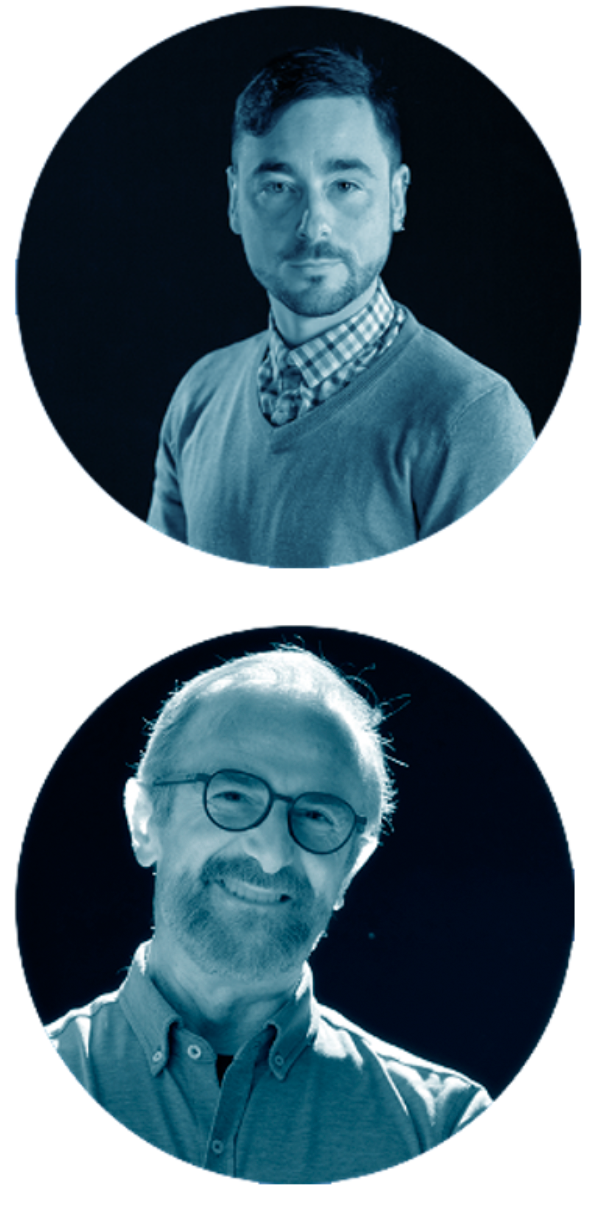
Published
How to Cite
Issue
Section
License

This work is licensed under a Creative Commons Attribution 4.0 International License.
You are free to:
Share — copy and redistribute the material in any medium or format.
Adapt — remix, transform, and build on the material for any purpose, including commercial.
Attribution — You must properly acknowledge the authorship, provide a link to the license, and indicate if any changes have been made.
You may do so in any reasonable manner, but not in any way that suggests that you endorse or receive any endorsement by the licensor for your use.
No additional restrictions — You may not apply legal terms or technological measures that legally restrict you from doing what the license allows.

